Filter books by:
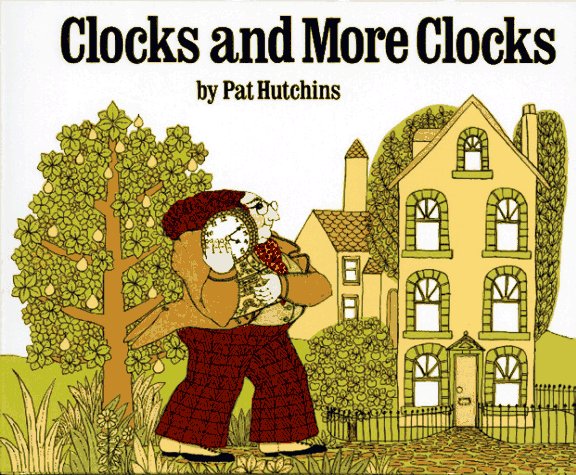
Clocks and More Clocks
Strand
Measurement
Maths Concepts
Australian Curriculum: Description
“When the hall clock reads twenty minutes past four, the attick clock reads twenty-three minutes past four, the kitchen clock reads twenty-five minutes past four, and the bedroom clock reads twenty-six minutes past four, what should Mr. Higgins do? He can’t tell whichc of his clocks tells the right time. He is in for a real surprise when the Clockmaker shows him that they are all correct!”
Teaching ideas
Why have Mr. Higgins clocks been right since he bought a watch?

How do you know what time it is?
Strand
Measurement
Benchmarking
Maths Concepts
Australian Curriculum: Description
This book tells the story of time. From the earliest ‘clocks’ devised by Egyptians to moon cycles, solar calendars, Roman calendars, tme zones and time travel.
Teaching ideas
Used for a unit starter. Many fertile questions can be derived from this book. Test the accuracy of the ancient Egyptian 'stick-clock' system.
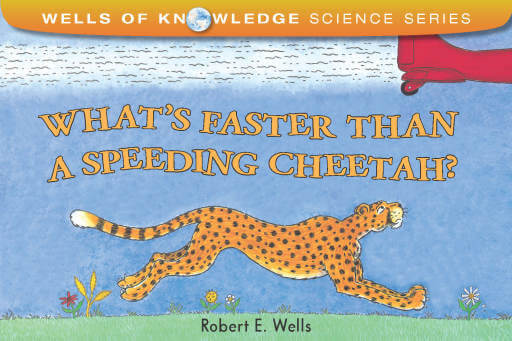
What’s faster than a speeding Cheetah?
Strand
Measurement
Australian Curriculum Year Level
Year 8, Foundation Year, Year 1
Benchmarking
Maths Concepts
Australian Curriculum: Description
This book explores the concept of speed. Different animals, objects and concepts are benchmarked against one another to develop an understanding of speed.
Teaching ideas
Used for a unit starter. Many fertile questions can be derived from this book, e.g. what's faster than a speeding cheetah? Junior secondary could use this book to explore converting abstract units MPR to km/h
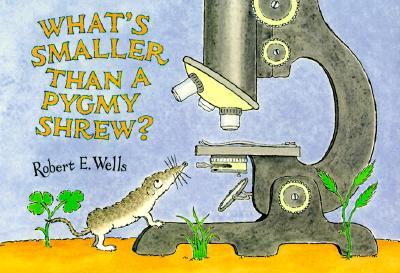
What’s smaller than a pygmy shrew?
Strand
Measurement
Benchmarking
Maths Concepts
Australian Curriculum: Description
This book explores the concept of size. Different animals, organisms and concepts are benchmarked against one another to develop an understanding of relative size.
Teaching ideas
Expressing all sizes referred to in the book as scientific notation (including the integers); ranking the relative sizes in ascending/decending order; investigating BIG numbers e.g. trillions etc
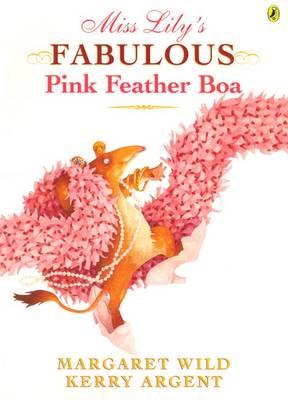
Miss Lily’s Fabulous Pink Feather Boa
Strand
Measurement
Benchmarking
Maths Concepts
Australian Curriculum: Description
Identify questions or issues for categorical variables. Identify data sources and plan methods of data collection and recording (ACMSP068); Collect data, organise into categories and create displays using lists, tables, picture graphs and simple column graphs, with and without the use of digital technologies (ACMSP069); 4-Use simple scales, legends and directions to interpret information contained in basic maps (ACMMG090); 4-Construct suitable data displays, with and without the use of digital technologies, from given or collected data. Include tables, column graphs and picture graphs where one picture can represent many data values (ACMSP096); 4-Evaluate the effectiveness of different displays in illustrating data features including variability (ACMSP097); 5-Construct displays, including column graphs, dot plots and tables, appropriate for data type, with and without the use of digital technologies (ACMSP119)
Teaching ideas
Information poster on an Australian animal depicted in the book; - Scientific Name - Description - Location (map and description) - Habitat - Diet - Status (Endangered/Not Endangered) - Life Cycle - Data/statistics - Other interesting facts - Pictures/illustrations; or a trifold brochure with the above. With or without the use of technology.
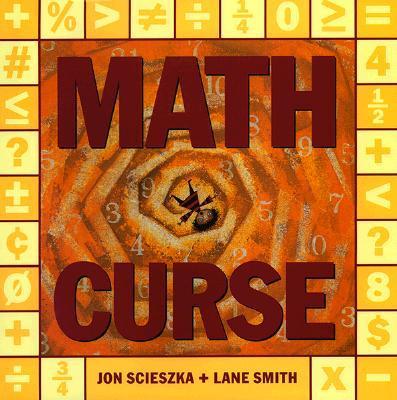
Maths Curse
Strand
Measurement
Maths Concepts
Australian Curriculum: Description
3-Tell time to the minute and investigate the relationship between units of time (ACMMG062); 4-Investigate equivalent fractions used in contexts (ACMNA077); 5-Choose appropriate units of measurement for length, area, volume, capacity and mass; 6-Continue and create sequences involving whole numbers, fractions and decimals. Describe the rule used to create the sequence (ACMNA133)
Teaching ideas
There are lots of concepts explored in this book that could be extrapolated and explored further; (1) time, (2) timelines; (3) multistep problems; (4) conversions between units; (5) fractions; (6) cross KLA references; (7) charts, (8) binary, (9) Fibonacci; (10) money

Inchworm and a Half
Strand
Measurement
Australian Curriculum Year Level
Foundation Year, Year 1
Benchmarking
Maths Concepts
Australian Curriculum: Description
Use direct and indirect comparisons to decide which is longer, heavier or holds more, and explain reasoning in everyday language (ACMMG006); Measure and compare the lengths and capacities of pairs of objects using uniform informal units (ACMMG019)
